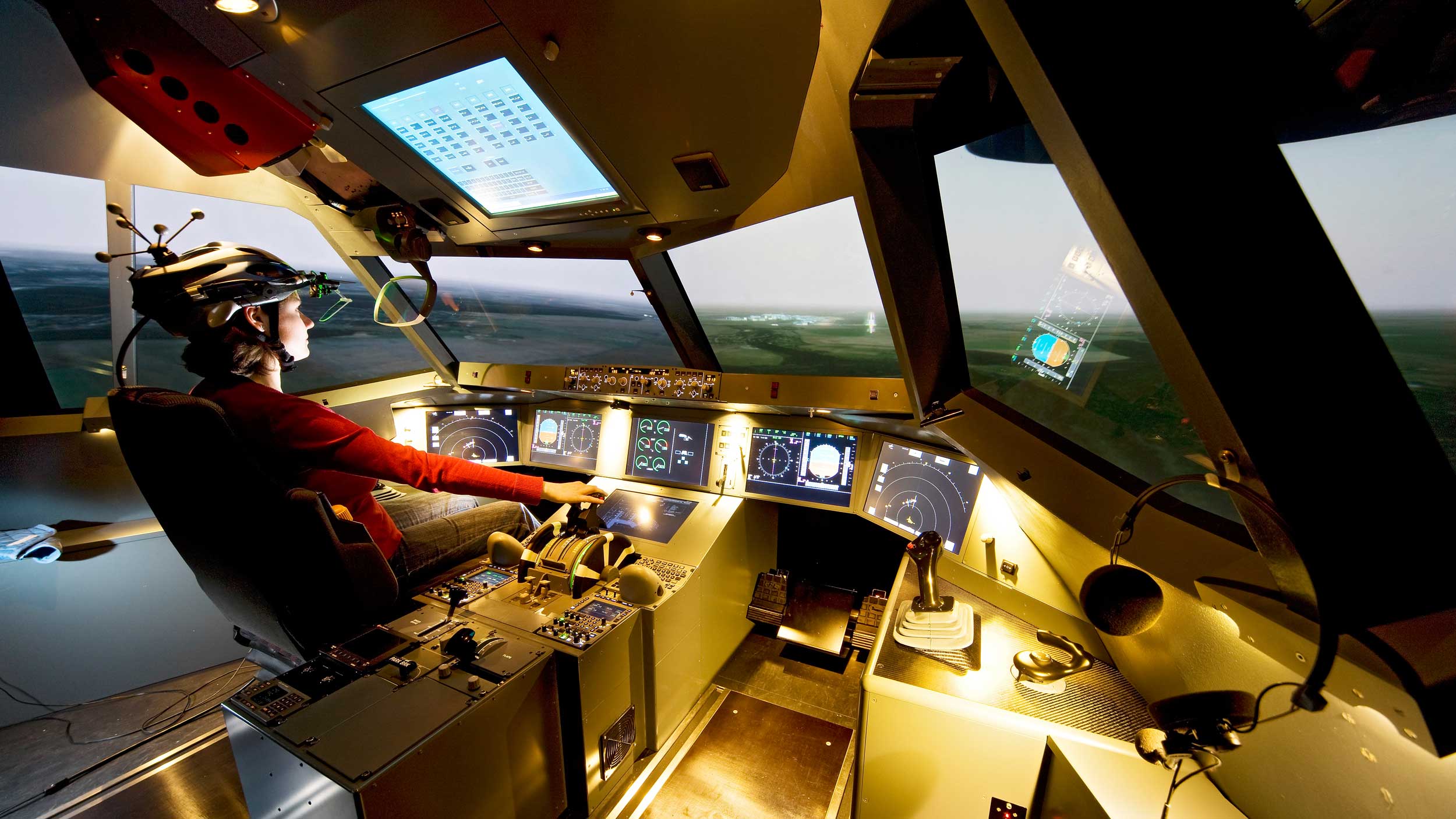A ‘digital pilot’ in the cockpit to help human pilots with in-flight advice is being developed by the Institute of Flight Guidance at the German Aerospace Centre (DLR).
It’s known as ‘A-PiMod’ and has been recognised with a German Mobility Award as a lighthouse project for smart mobility.
DLR says that cockpit operations with automated procedures are usually done for technical reasons, with a complex interface between the pilot and the automated systems. Analyses of accidents indicate that problems with this human/machine interface contribute to a significant proportion of serious incidents.
The newly developed cockpit architecture A-PiMod (Applying Pilot Models for Safer Aircraft), improves this human/machine cooperation.
“To do this, A-PiMod monitors the aircraft and its environmental conditions, as well as the state of the pilots,” explains Andreas Hasselberg from the DLR Institute of Flight Guidance.
“The system uses the pilots’ eye movements, gestures and operations to draw conclusions about their current intentions, situational awareness and work-related stress. It addresses the pilots proactively, makes suggestions and adapts to them and their situation. It is quite similar to a good human team member – a bit like a third pilot.”
Institute of Flight Guidance, DLR
